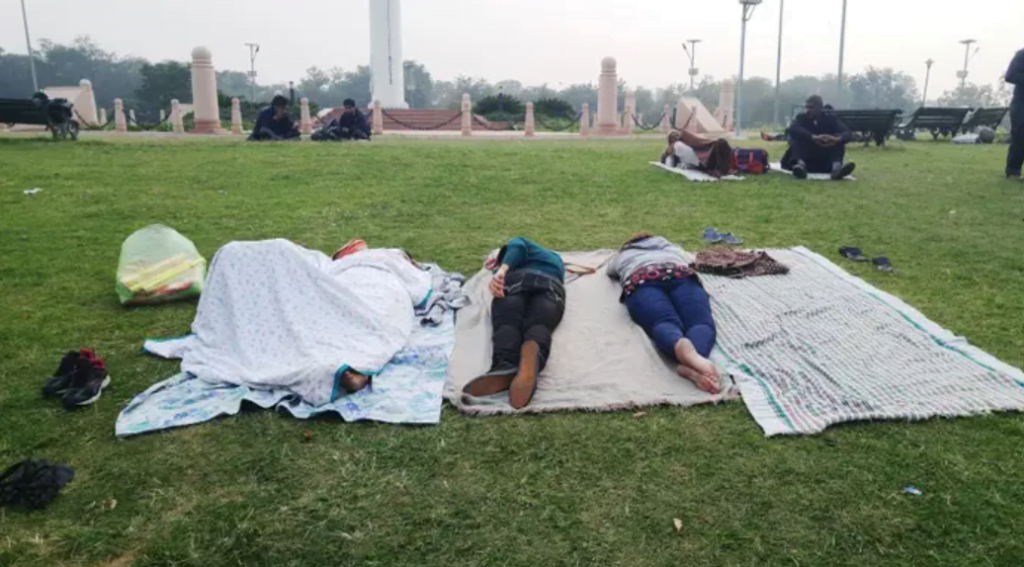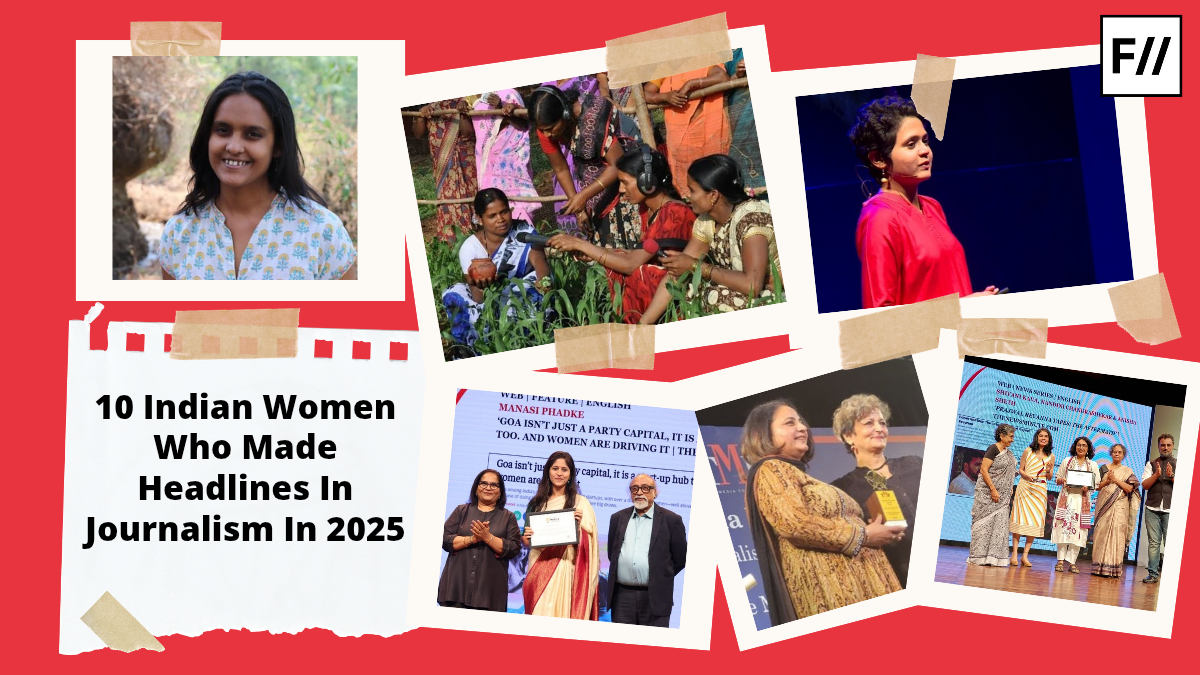On June 25, 2024, The Lancet published a report that detailed the status of physical activity for adults across the globe from 2000 to 2022. The report defines adequate physical activity in line with WHO’s recommendation of 150 minutes of moderate-intensity or 75 minutes of vigorous-intensity activity per week. This may be replaced by a combination of both, as long as the desired weekly activity levels are achieved. An individual who fails to meet these levels is considered insufficiently physically active.
It was evident in the report’s findings that a third of adults worldwide suffered from insufficient physical activity, with the second highest prevalence in South Asia. As for India, 40.0-49.9 per cent of adults did not satisfactorily meet the defined levels of activity in 2022. Far more concerning is the fact that this situation is not likely to change by 2030 – India’s progress over the years has been significantly off-track in achieving the global target of a 15 per cent reduction in these figures.
Further, the region fared the worst in terms of sex disparity – the prevalence of inadequate physical activity was 14 percentage points higher for women, 57 per cent, than for men, 42 per cent. Globally, it was five percentage points higher for women, 33.8 per cent, than for men, 28.7 per cent. Generally, until the age of 60, women became slightly more physically active than men, for whom inactivity levels either remained stable or increased slightly.
The significance of these differences must be understood beyond figures. Physical activity is important for the prevention of cardiovascular disease, reduction of risk of certain types of cancer, and the improvement of mental health, among many other benefits. Thus, what is truly reflected in the report is the dismal condition of women around the world, but primarily in South Asia: increased risk of diabetes, cardiovascular disease, rheumatic heart disease, and hepatitis C infections.
The impact of income on domestic chores
Several researchers, such as Dr Reddy and Dr Fiona Bull, have shed light on the factors that potentially lead to such a stark gender difference in activity levels across the globe. Primarily, it is the belief that household chores suffice as the activity women need. The burden of household tasks, especially in low-income countries, is reflected in the reports from Ricardo et al. and Guthold et al. According to them, countries with a higher Gender Inequality Index (GII) have lower differences in physical activity. The GII includes measures of “women’s reproductive health, empowerment and economic status, with a higher index indicating greater disparities between females and males.”

Conversely, in the case of high-income countries, the relationship between the two is indirect – a lower GII is associated with a larger gap in physical activity. The researchers suggest that this might be due to a situation wherein, in higher-income countries, physical activity is a leisurely activity for boys, whereas in low- and lower-middle-income countries, socio-cultural factors lead to girls bearing a large burden of domestic chores.
The influence of such income disparity is also evident in the Report. For example, Sub-Saharan Africa is classified as a low-income region by the World Bank. This is also the region that has a low: 14.3 per cent and 19.1 per cent respectively. Globally, the female population across all income groups (according to the World Bank income groups for 2022) is off-track to reducing the levels of insufficient physical activity. However, the population in low-income countries have lower certainty than those in high-income countries.
Thus, the reality behind the apparent benefit of physical activity confined to the household is a bit more complex than most believe. A 2013 study by Murphy, et al. studied the benefits of physical exertion in the form of domestic chores. Although the sample of 4,000+ adults was limited to those from Northern Ireland, the results suggest a sound direction of examination for the condition of women in various regions.
Even though women greatly relied on such forms of activity to meet the daily recommended levels, there was a negative relationship between domestic physical activity and leanness. The research therefore concluded that activity limited to the household may not be the best way for women, and other older adults, to reap the benefits generally associated with being physically active.
Women in public spaces, or lack thereof
Why are women averse to physical activity outside the house? Surely, this change does not occur all of a sudden in adulthood. It is a systemic process which starts from childhood exposure to cultural norms surrounding gender-related expectations. The Lancet’s 2019 article stated that girls’ sports “receives less investment [in terms of] access to equipment, transport, and coaching, and […] safe and welcoming facilities.“

Lack of safety is not merely limited to sports facilities. Women feel unsafe in public spaces too, leading to their confinement in households. Certainly, this is glaringly true for women in South Asia. Rachel Jewkes, the director of What Works to Prevent Violence Against Women and Girls Global Programme, emphasised the male entitlement in the region of South Asia.
Men believe they own public spaces, which works in a cyclic process to reinforce existing patriarchal social norms leading to the harassment of women. Conveniently, then, women are taken out of school to ensure their “safety.” In reality, this deprives them of education that might prove to be crucial in challenging the systems that thrive on their marginalisation.
With particular reference to India, it is imperative to highlight the barriers to urban mobility for women in cities. While it is important for women to not fear harassment and sexual violence in the streets, the State seems to confuse surveillance for safety. As The Wire notes, cities like Chennai have used the Smart City Mission Funds along with the Nirbhaya Funds to design a surveillance system aimed at ideally making women feel safer – under the scrutiny of officials. While such systems can certainly act as deterrents, they do not target the ideologies that subject women to such acts of violence in the first place. Neither do they guarantee that every instance of crime against a woman will be punished: victim blaming cannot be eradicated with the help of footage monitored by the proponents of patriarchy.
What helps?
In 2018, The Lancet published an article by Guthold et al. examining similar trends in insufficient physical activity. Their suggestion was the design and implementation of policies that encourage behaviour change. Mainly, this was to be done through opportunities where women could enjoy leisurely physical activity in an environment where they felt safe.

An example of such an environment is seen in initiatives undertaken in Delhi. The development of ‘pink parks,’ may be a step in the right direction. These homosocial spaces are managed and maintained by women, giving women better access to gym equipment that they are hesitant to make use of when placed in general parks.
While women have reported feeling safer in such parks, it is important to examine this problem with a wider lens. Exclusive spaces may be a temporary solution, but women should not have to be segregated from the rest of the population to feel safe. As Dr Zahan in a report says, an instance of violence against a woman in a “mixed-gender park” may lead to the questioning of her very presence in such a space: why did she not choose to be in the parks designed for women? As such, these practices would lead to renewed narratives of the need for women to be away from public eyes in order to be safe.
Dr Kalpana Viswanath’s research (the founder of SafetiPin) may help in changing micro-level factors that might seem insignificant but could help women feel safe. Her suggestion points towards greater visibility of women in public spaces – literally. In the course of her research, she found that areas such as those around bus stops were dark, and a person standing there would be invisible to passers-by. The infrastructure did not help, as metal structures further obstructed the view.
The situation changed around 2023 with an alteration to the structure, clearing out the view around the bus stop. Seemingly then, the way ahead lies in the combined efforts of attempting to alter the traditional role of women in society and redesigning the world they occupy.
About the author(s)
Aaliya Bukhary (she/her) is student of Economics student based in Mumbai. She is passionate about merging data analysis with her love for writing, and aspires to empower through information. Aaliya also has a fondness for cats and enjoys listening to Mitski!





